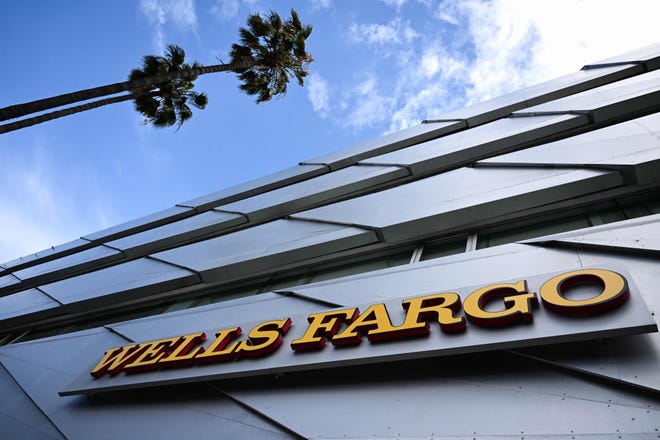
Wells Fargo has agreed to pay $1 billion to settle a class action lawsuit that accuses the bank of hurting investors by overstating how much progress it made fixing up its practices in the aftermath of its fake accounts scandal.
The settlement, if approved by the court, would be among the largest recoveries from a securities class action lawsuit of all time, according to the plaintiffs’ attorneys.
Plaintiffs include pension funds in Mississippi, Rhode Island and Louisiana.
“If approved, this settlement will help compensate hundreds of thousands of investors – state employees, nurses, teachers, police, firefighters and others – whose critical retirement savings were impacted by Wells Fargo’s fraudulent business practices,” Steven Toll, managing partner at Cohen Milstein Sellers & Toll, said in a Monday release.

What was the Wells Fargo account scandal?
The class action lawsuit was filed in 2020, shortly after Wells Fargo agreed to pay $3 billion to settle claims related to the fake account scandal.
The bank opened millions of unauthorized or fraudulent financial accounts between 2002 to 2016 to meet sales goals and pressured customers to buy products they didn’t need, according to the Securities and Exchange Commission.
Since then, the company has reshuffled its executive team and said it has eliminated all product-based sales goals.
An elderly man lost millions in a scam:Could the bank have done more to prevent fraud?
Wells Fargo settlement:Wells Fargo to pay $3B settlement for violating antifraud rules, resolving fake account probes
Why did investors sue?
After the bank’s sham accounts came to light, it entered into consent orders with federal regulators, one of which made Wells Fargo subject to an asset cap that limits its growth until it fully complies. The orders, in part, required Wells Fargo to develop a plan to identify and redress any potential present and future consumer harm.
The plaintiffs allege that Wells Fargo executives misled investors by claiming regulators were satisfied with the bank’s progress under the orders.
But a March 2020 report from the House Financial Services Committee determined that Wells Fargo was not in compliance with the consent orders and “fell woefully” short of implementing meaningful corporate reforms, causing Wells Fargo’s share price to drop.
Wells Fargo executives have said they’re unsure when the asset cap will lift.
Is there a US banking crisis?What troubles at Pacific Western, Silicon Valley banks mean
What’s Wells Fargo saying?
Along with the company, defendants named in the lawsuit include former CEO Timothy Sloan; former Chief Financial Officer John Shrewsberry; former general counsel Allen Parker, and former chairwoman Elizabeth Duke.
“This agreement resolves a consolidated securities class action lawsuit involving the company and several former executives and a director, who have not been with the company for several years,” Wells Fargo spokesperson Sunny Rodriguez said in an emailed statement. “While we disagree with the allegations in this case, we are pleased to have resolved this matter.”
You can follow USA TODAY reporter Bailey Schulz on Twitter @bailey_schulz and subscribe to our free Daily Money newsletter here for personal finance tips and business news every Monday through Friday.






